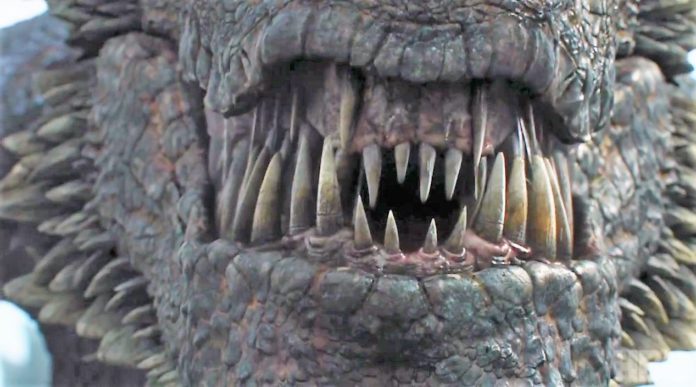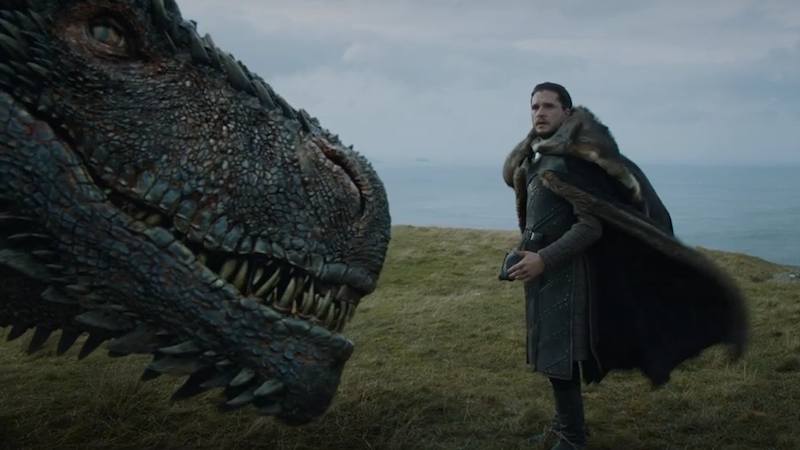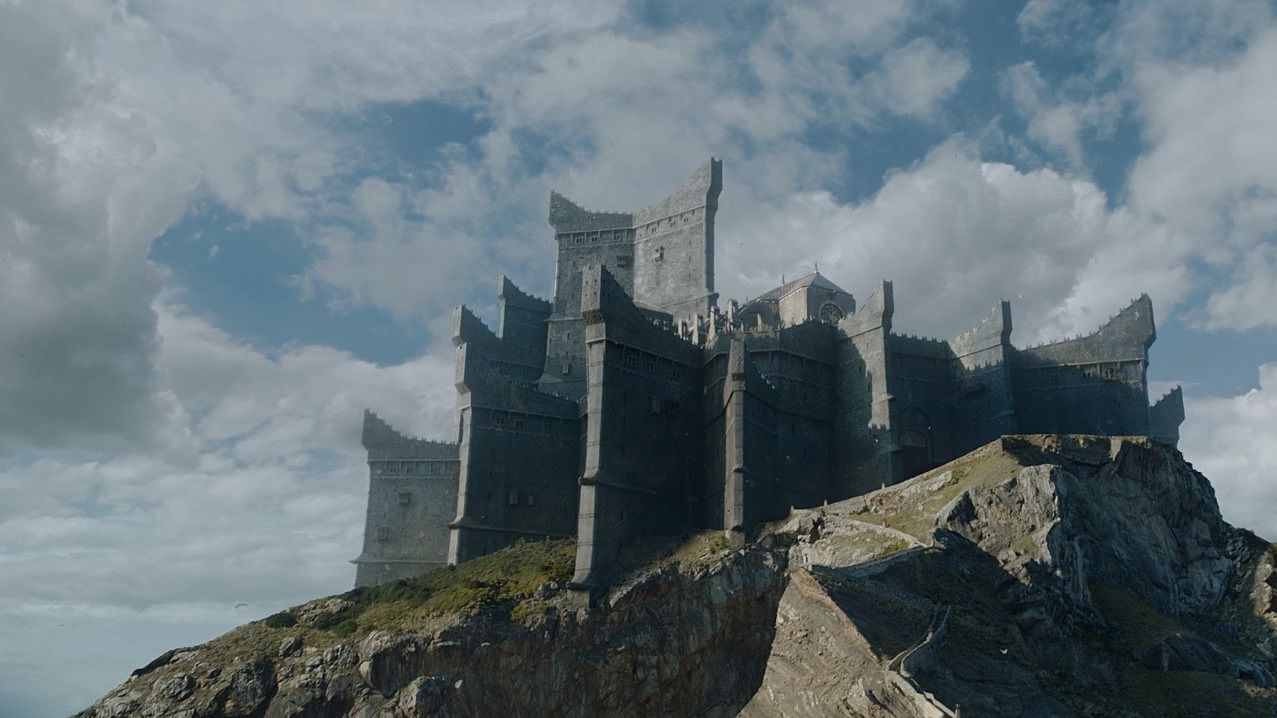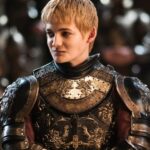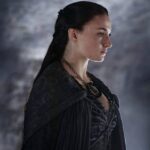If Daenerys Targaryen’s dragons impressed you in Game of Thrones season 7, you have the special effects wizards at Pixomondo to thank. They’ve been creating the dragons since season 2, and this past year, they had their hands full with the task of having three very large dragons interact with a variety of characters.
Pixomondo executive producer David Garber sat down with Backstage and discussed what it was like for him and his team to bring the super-sized versions of Drogon, Rhaegal and Viserion to life. “This year was quite a challenge because of the incredible, extensive increase in the size of the dragons. [The teams] were forced to deal with much more detail in building out the look and the fabric and the textures and the coloring of the dragons. It became much more challenging now that the scale was being increased. The camera pushes in and sees much more detail.”
Then there’s the matter of having the dragons get up close and personal with the characters, as when Drogon got up in Jon Snow’s face. To what degree do the special effects people work with the actors?
We work with the actors extensively. Everything is done against green screen, everything the actors will interact with is marked with little dots, and [with] computer settings, the marks are recorded in the camera.
That way, when post-production begins, Garber’s team knows exactly where each and every hand movement and face motion is. “You develop a language with the actors and they begin to understand a little more about what’s going on behind the scenes and how things are going to work out in postproduction.”
As for how much the folks at Pixomondo interact with the directors of each episode, Garber says that everyone, from the producers to the designers to the wardrobe people and more all sit at a big table and go through each script well ahead of time.
All of the visual effects scenes are broken out and shot even before that meeting. If it’s an extremely complicated scene, we’ll do a little bit of what we call previs [previsualization]. The production manager works with the director, and you work out what scenes are going to be shot first. [On] “Game of Thrones,” usually the visual effects shots are pushed toward the end of the show because the directors don’t want to deal with them up front. They want to get through the acting and the battle scenes first.
Finally, Garber weighed in on the future of special effects in television, which he doesn’t think will be as high-tech as some assume. “A lot of people want to get back to seeing dramatic pieces again,” he said. “You have things like “Westworld” and “Game of Thrones,” where you have effects where you don’t really know they’re effects.”
In “Game of Thrones,” there are obviously things that you can see and some you can’t. We create multilevel matte paintings to create some of the visions and places within the “Game of Thrones” landscape—some of the castles and the mountains, the overall look. All of those are created artificially with matte paintings, and people are placed into them and battle scenes are placed into them. You don’t think it’s a visual effect, which is good.
You can find Pixomondo’s lastest work in New York City, where Garber’s team has created an exhibit called Ocean Odyssey for National Geographic, which is all making people feel like they’re taking a tour of the ocean depths. And then, we assume, it’s back to dragons.
To stay up to date on everything Game of Thrones, follow our all-encompassing Facebook page and sign up for our exclusive newsletter.
Watch Game of Thrones for FREE with a no-risk, 7-day free trial of Amazon Channel




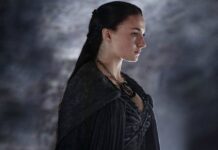
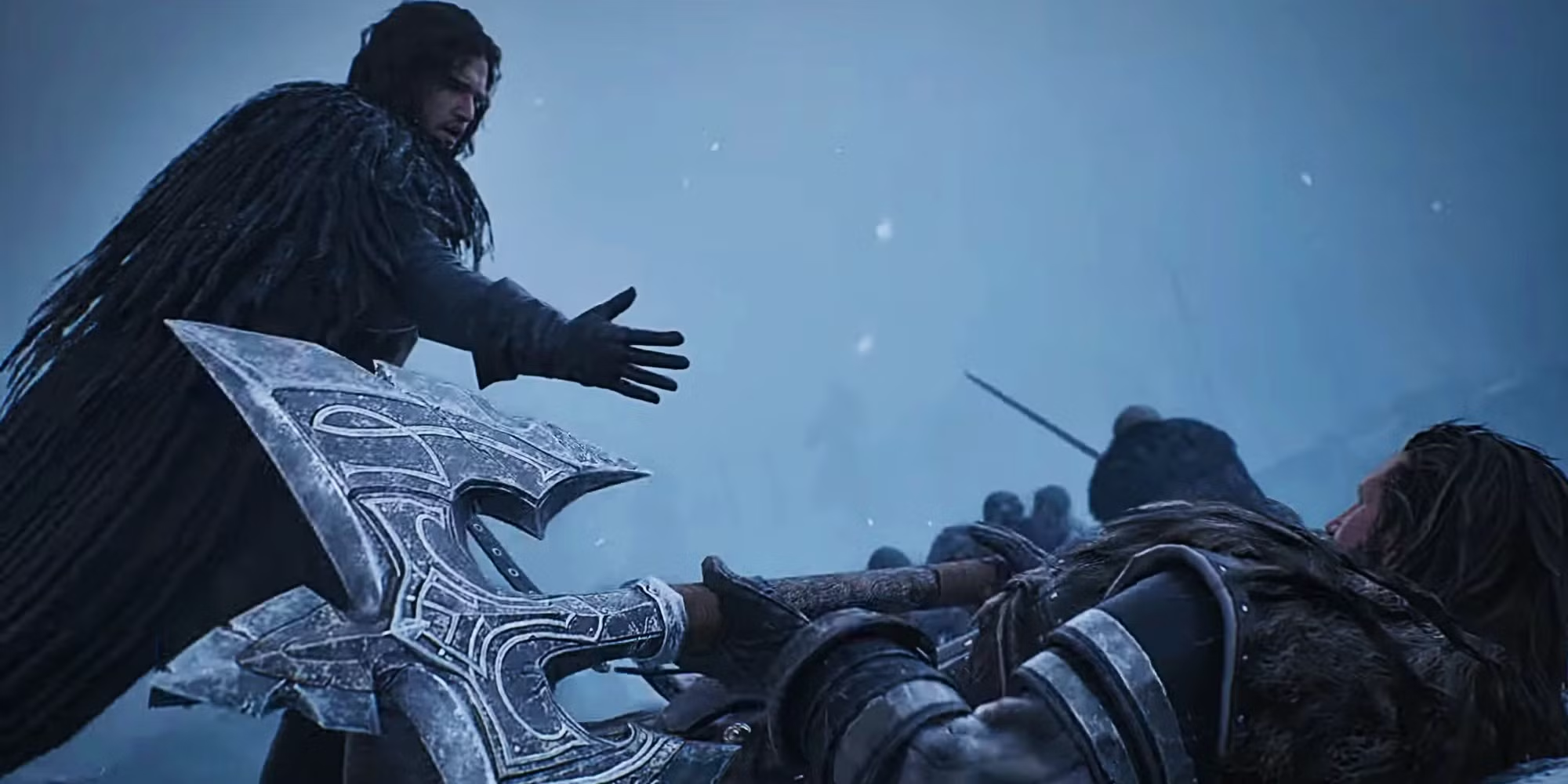














![[Book Review] The Blade Itself (The First Law Trilogy) by Joe Abercrombie](https://bendthekneegot.com/wp-content/uploads/2018/01/1516047103_maxresdefault-218x150.jpg)







